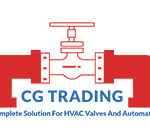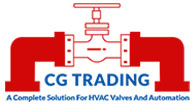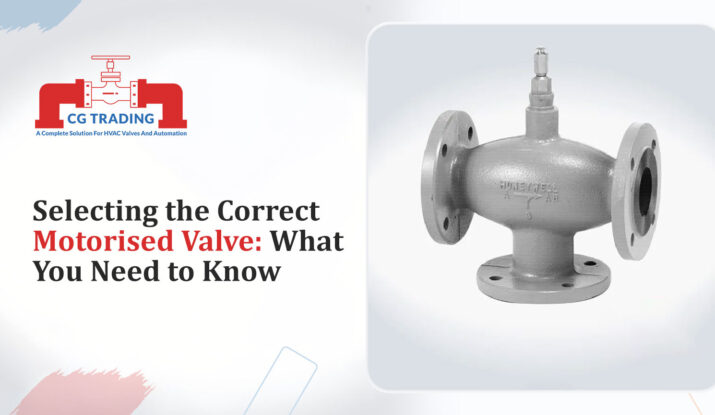In pipeline projects, the proper selection of motorised valves is critical to ensuring project safety and procedure. If the electrically actuated valve is utilized incorrectly, it will not only impact its functionality but will also result in undesirable outcomes or significant losses. So, how can we pick the right electric valves?
First, what is a motorised valve?
A motorised valve consists of an electrical device and a valve. A valve actuator is the mechanism that opens and closes a valve. Electric actuator valves are often coupled with electric actuators and valves, which transform into electric actuator valves after installation and troubleshooting. The electrically actuated valve uses electric energy to move the electric actuator, which drives the valve, allowing it to turn on and off. So as to achieve the goal of changing or altering the pipeline medium.
Things to consider while selecting the motorised valve:
1. Output speed:
If the valve opens and closes too quickly, it can easily cause water hammer. As a result, the suitable opening and shutting speed should be set based on various use situations.
2. Control torque:
Once the parameters have been calculated, the control torque is determined. Generally run within a set duration, the motor will not be overworked.
3. Control type:
Electrically actuated valves are separated into on-off and regulating types, and the signals of regulating-type actuators are also split into current signals and voltage information.
4. Control voltage:
Standard electric actuator voltages include AC220V, AC380V, DC24V, and so forth.
5. Operating torque:
When selecting motorised valves, the operating torque is the most significant criterion. The electric actuator’s output torque should be between 1.2 and 1.5 times the maximum valve operating torque.
6. Electric equipment:
Electric equipment without a thrust plate outputs torque directly. The other has a thrust plate, and the output torque is turned into output thrust via the stem nut in the thrust plate.
7. Output shaft turn number:
The number of revolutions on the output shaft of the valve electric device is proportional to the nominal diameter of the valve, the pitch of the valve stem, and the number of thread heads. It should be determined using the formula M=H/ZS (M is the total number of turns the electric device should satisfy, H is the valve’s opening height, S is the thread pitch of the stem drive thread, and Z is the number of stem threads).
8. Valve stem diameter:
For multi-turn type rising stem valves, if the maximum stem diameter permitted by the electric device does not fit through the stem of the matching motorised valve, it cannot be built into an electric valve. As a result, the inner diameter of the electric device’s hollow output shaft must be greater than the outer diameter of the stem of the rising stem valve.
Although there is no need to address the passage of the stem diameter in multi-turn valves, the stem diameter and the size of the keyway should be completely examined when selecting and matching, so that it can function properly after assembly.
Conclusion
Choosing a motorised valve necessitates considering application requirements, valve types, actuator functions, and material compatibility. Consider these electrically actuated valve settings to guarantee best performance, dependability, and efficiency in your fluid control system.
CG Trading provides a comprehensive selection of motorised ball valves and butterfly valves for a variety of applications. Explore our inventory to discover the best fit for your needs.

CG Trading
CG Trading is the leading supplier, trader, exporter, and distributor in the valve industry. We specialize in providing high-quality valves for the HVAC, firefighting, and industrial sectors.

